Badami is a small town 105km south of Bijapur and just 100km north-west of Hampi in Karnataka. Set at the western end of a lake almost completely surrounded by a horseshoe of sandstone hills, for me it’s possibly one of India’s prettiest archaeological sites.
There are rock-cut and free standing temples here, all dating from around the 6th and 7th centuries, and great examples of early Hindu architecture and art. These truly are open air art galleries, and you should set aside a full day to explore them.
Badami also makes for a great base for exploring the other nearby sites of Pattadakal and Aihole in Karnataka. There’s more to see on foot in Badami so making your base here gives you more of the day to explore the area. Aihole and Pattadakal can be visited as day excursions from Badami.
On arriving at the car park for the caves, the first monument you come to is the Adil Shahi tomb. This was built in the 17th century by a military officer in memory of his wife.
After passing the tomb and purchasing your ticket, it’s time to gain some altitude via steps cut into the hillside, and explore the caves…
Cave 1 is late 6th century, with a superb 18-armed dancing Shiva at the entrance with his son Ganesha at his feet.
Cave 2 is similar to cave 1 in terms of design, but this is most definitely a Vishnu temple. Here you can see the boar avatar of Vishnu carrying his consort Bhudevi in the palm of his hand.
As with all of India’s cave temples, you have to keep remembering that this was all carved out of solid rock. The craftsmanship involved is quite staggering, there’s no room for mistakes.
Cave 3 is the most impressive cave in the group, and is also the oldest. It dates to the year 578, and has the best examples of relief carvings I think I have seen anywhere in India. In the porch area is Vishnu seated on a coiled snake, and on the far left of the porch is my favorite of all the carvings – Vishnu, with the extra arms joined at the elbow, striking quite a pose.
Cave 4 is much smaller and newer than it’s predecessors, and is also a Jain shrine, not a Hindu temple. There’s some fine carvings of tirthankars (saviours) on the wall and porch, and many tiny carvings of Jain figures.
Retracing my steps back to the entrance, I simply can’t help dipping into the caves again for one last look (and ok, yet more pictures…)
One thing I had forgotten to do was look up ! The ceilings of some of the caves show traces of paint, one can only start to imagine how the inside of these temples looked when covered with colour.
The views from the caves is quite impressive, it was April when I visited and the water in the tank was both low and quite full of algae. I suspect the post-monsoon view would be even more worthwhile.
Having filled up a memory card with cave art, I decided to head across to the other side of the tank and explore the structures on top of the opposite hill. There’s a path that takes you up to the left of the museum by the lake shore. It’s quite a steep climb, but well worth the effort. Here you will be able to visit the Lower Shivalaya Temple and the Upper Shivalaya Temple, both 7th century.
The Upper Shivalaya Temple has some interesting carvings of lions and elephants, although now a little eroded. The carved panels with scenes from the life of Krishna suggest that they were not originally Shiva temples as their names suggest.
You can traverse the hillside heading further north, with the town sprawling away to your left. Eventually you’ll reach the Malegitti Shivalaya Temple, set in some pretty grounds with a fine view across the Badami rooftops. This is actually the most complete of the three Shivalaya temples, also built in the 7th century, and worth going to see for the carved panels.
It’s also well worth making the effort to walk right around the lake, especially to visit the Bhutanatha Temples (there are two groups, one is pictured at the very top of this posting). Here you can also get to see some rock carvings that are not in a cave setting.
I have such fond memories of Badami, not just of the archaeology, but also the people of the town. I spent a lot of time roaming the back streets which I suspect not that many visitors do. The friendliness and kindness of the locals has stuck with me, I think it might be Badami that solidified my love for India. There’ll be another blog positing on that side of my visit to Badami, for sure it will be somewhere I will return to again.
If you’re interested in using any of my photography or articles please get in touch. I’m also available for any freelance work worldwide, my duffel bag is always packed ready to go…
KevinStandage1@googlemail.com
Categories: Badami, Caves and Temples, India, Karnataka




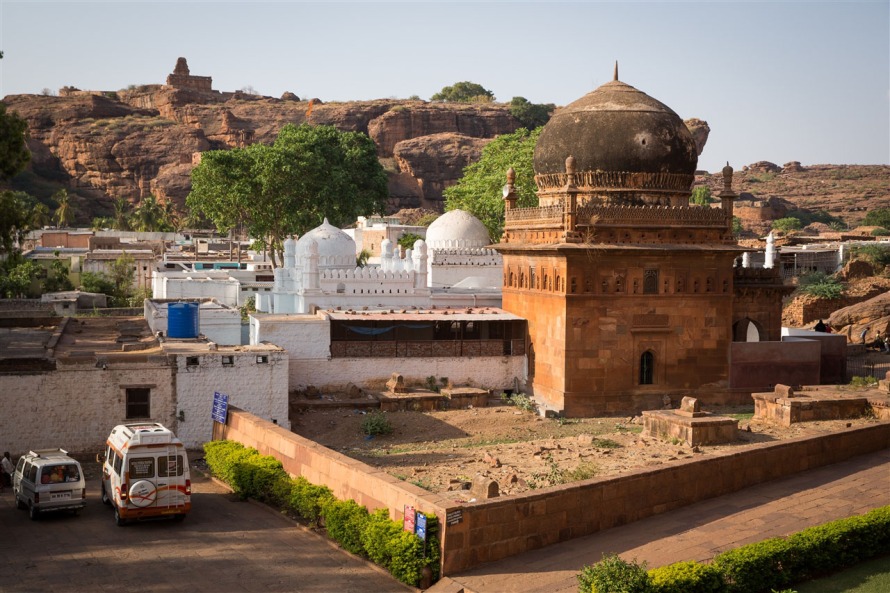
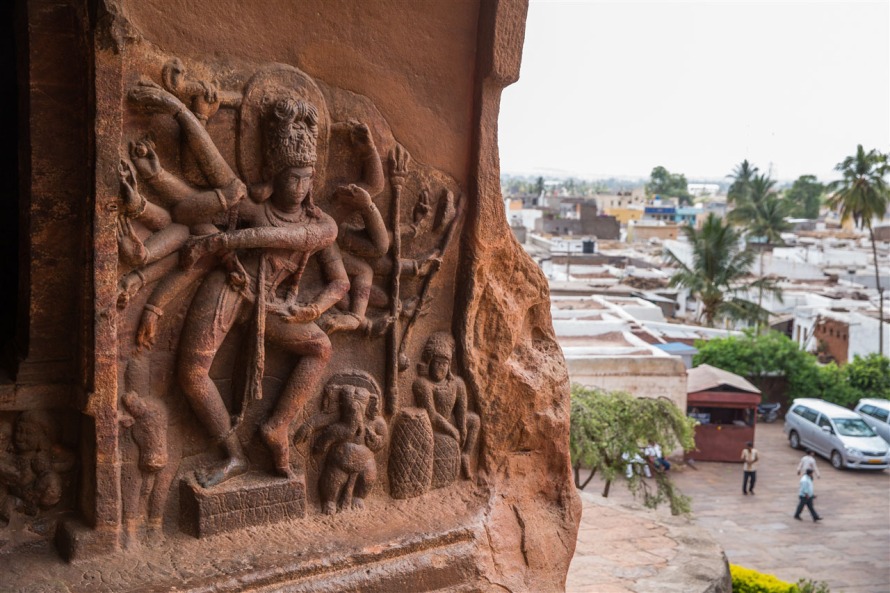


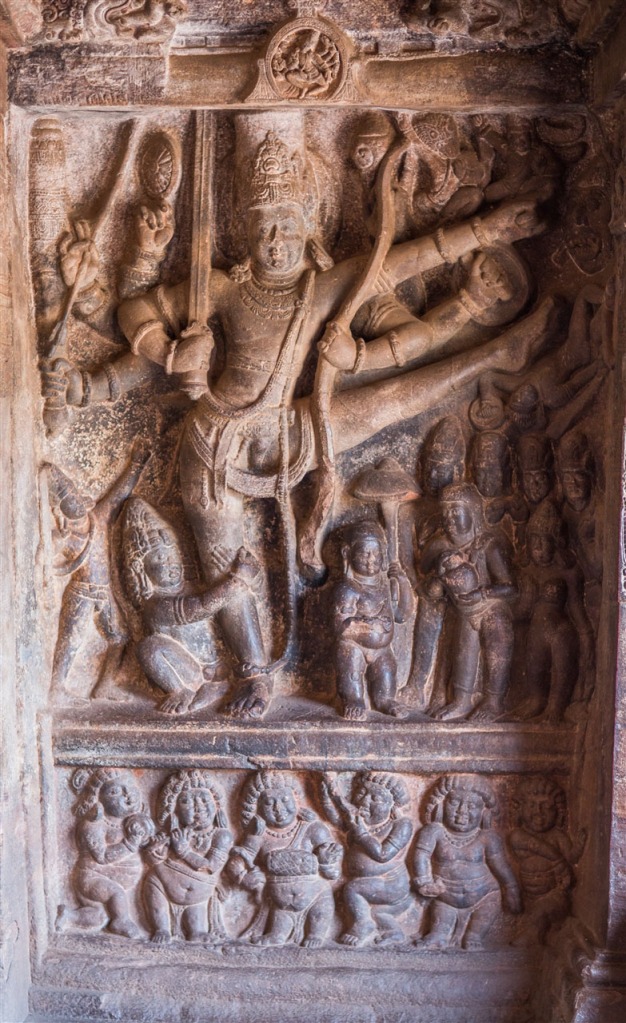





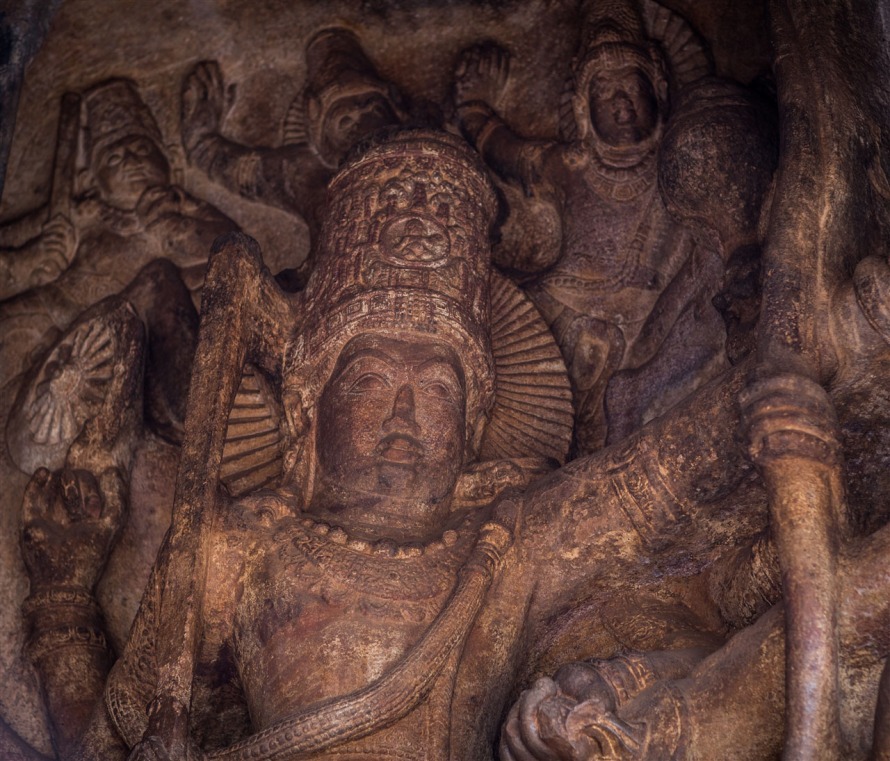

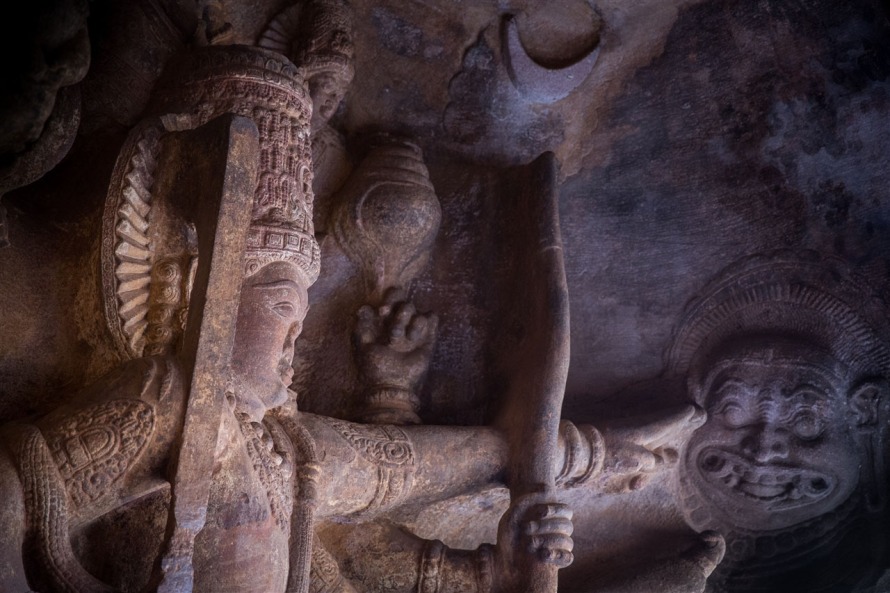

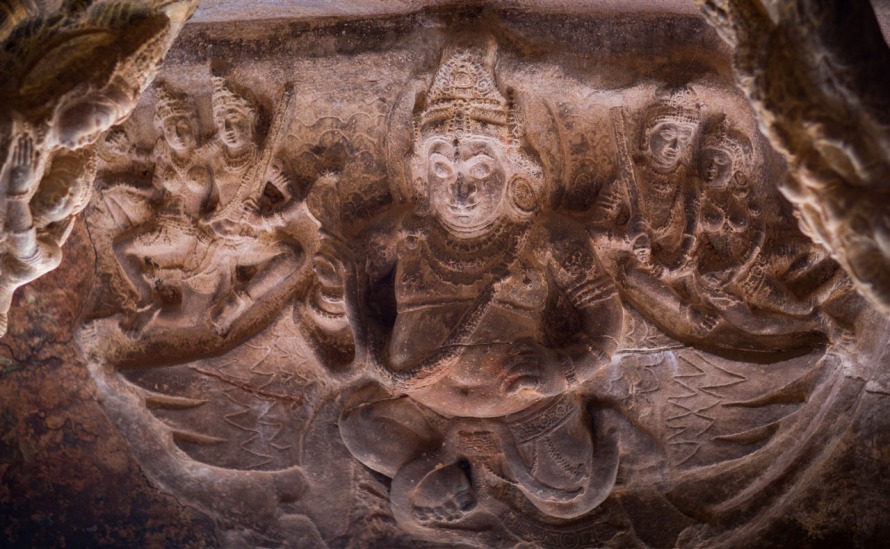
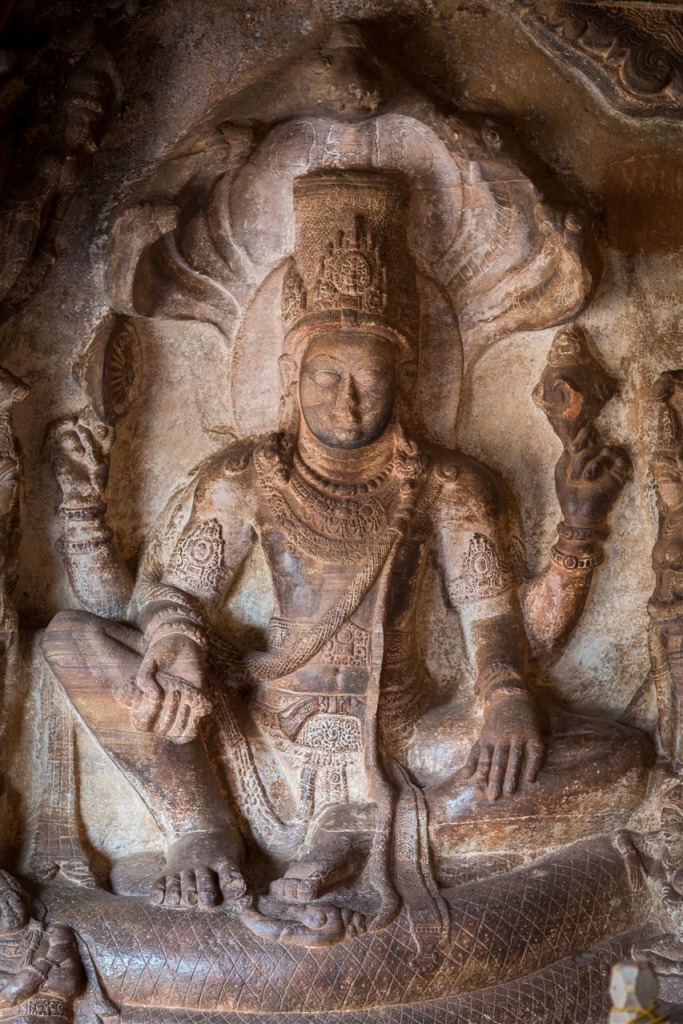
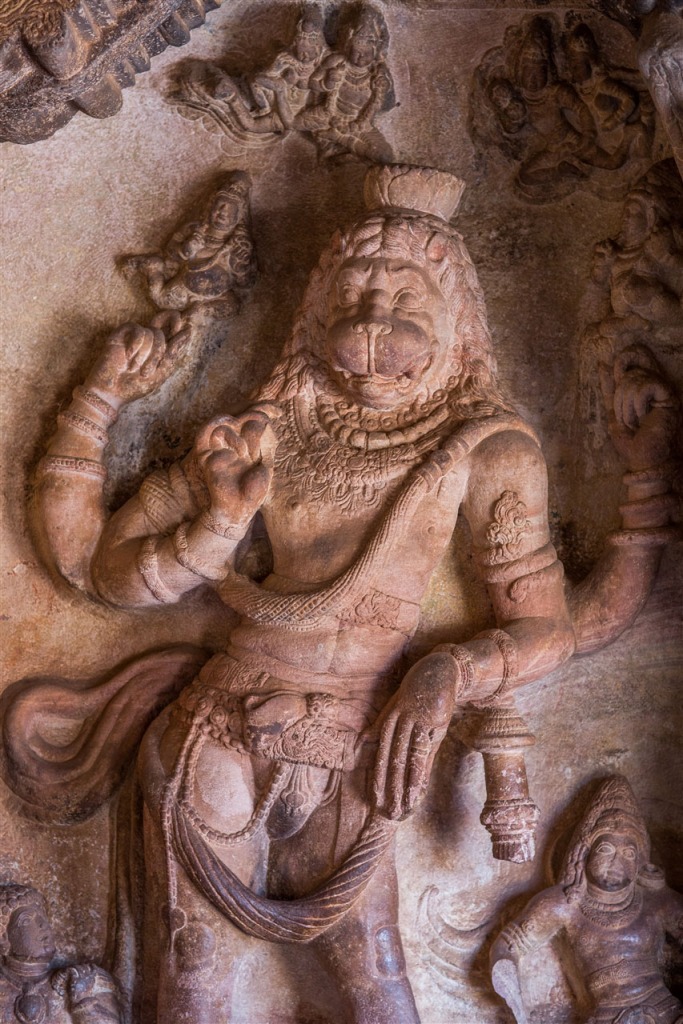
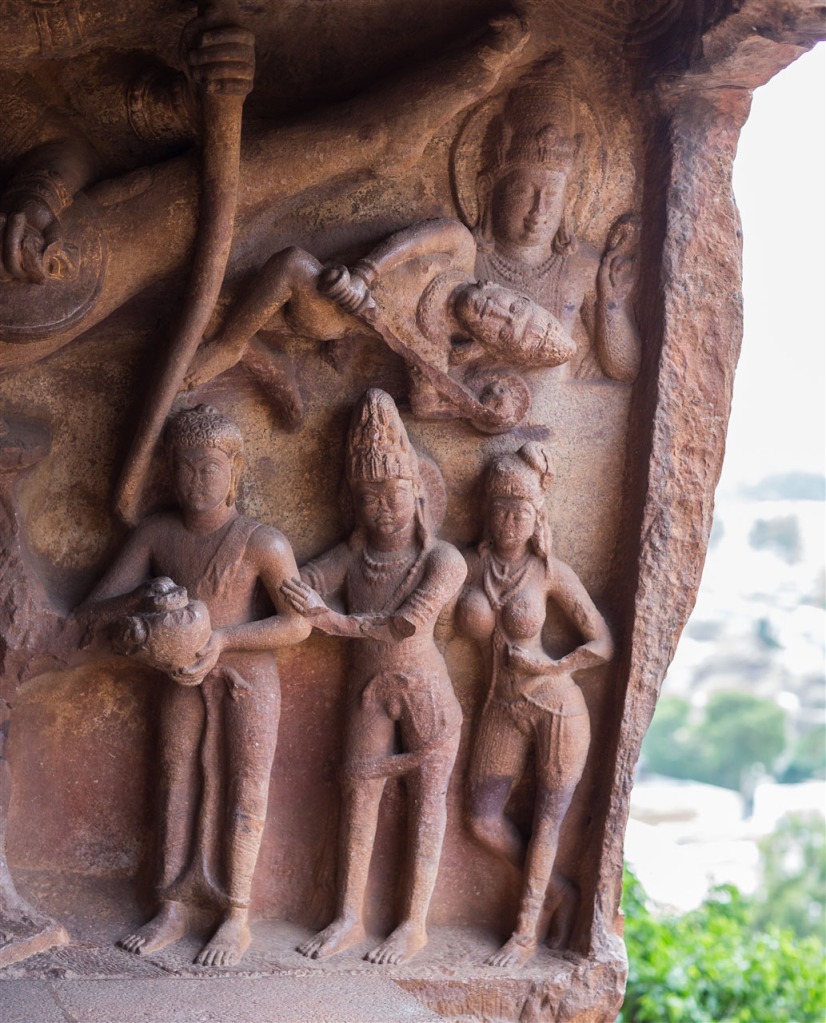




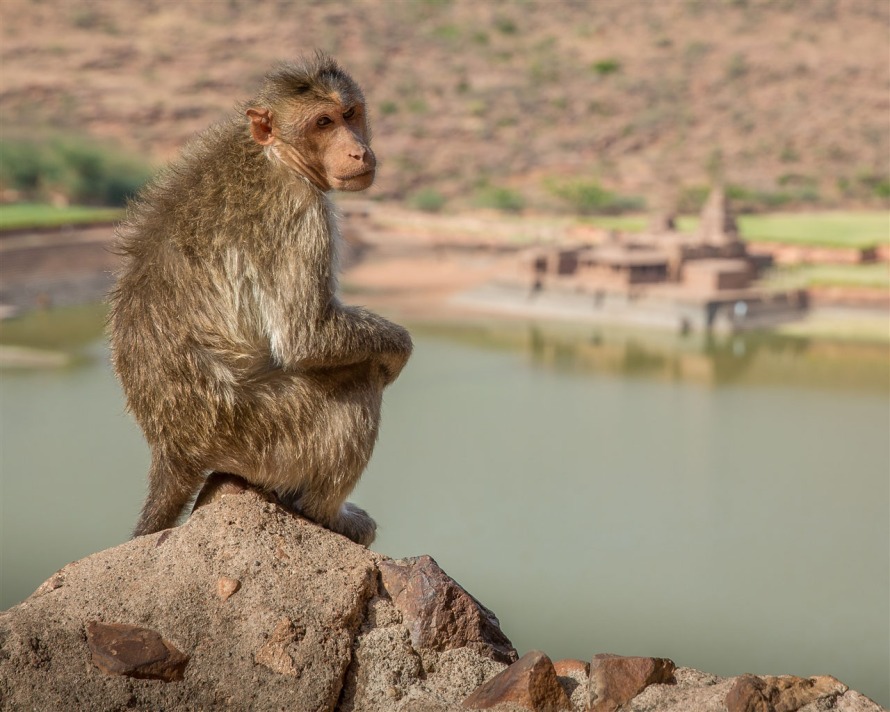


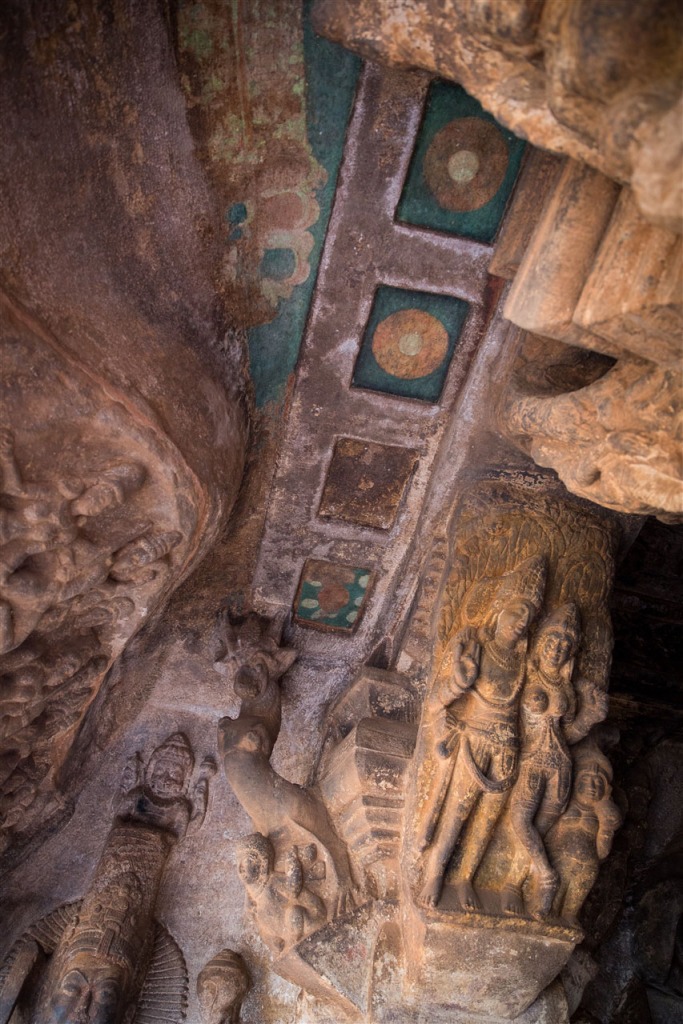

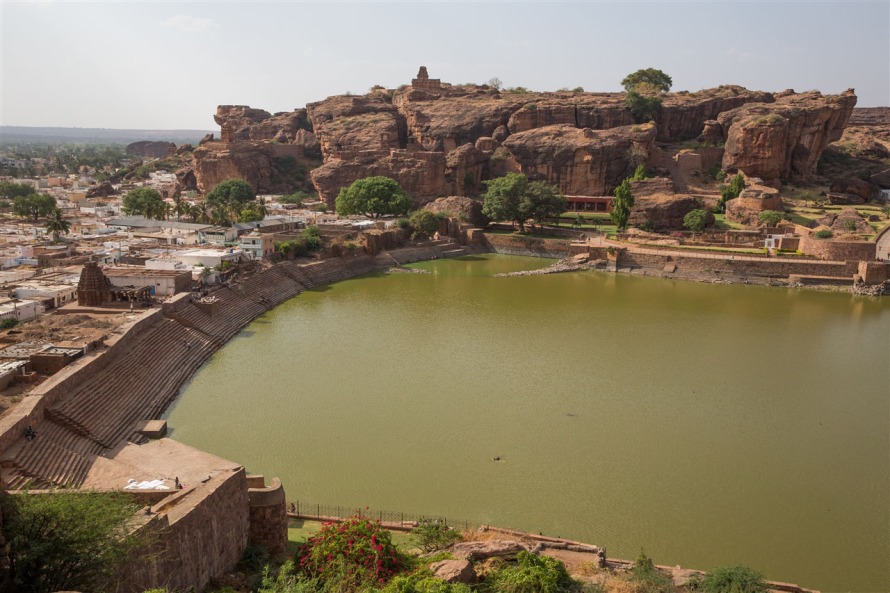





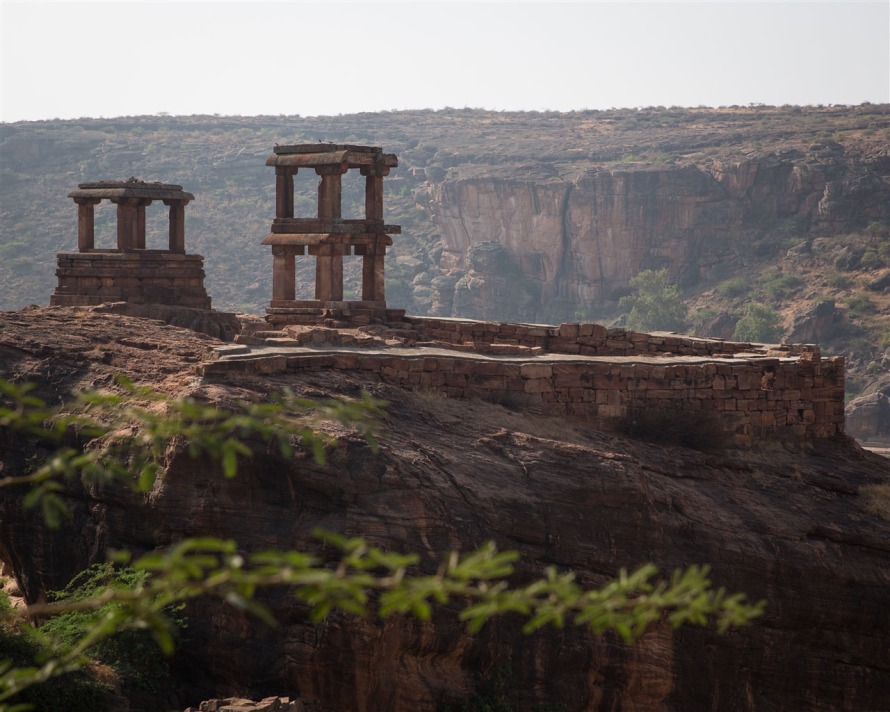
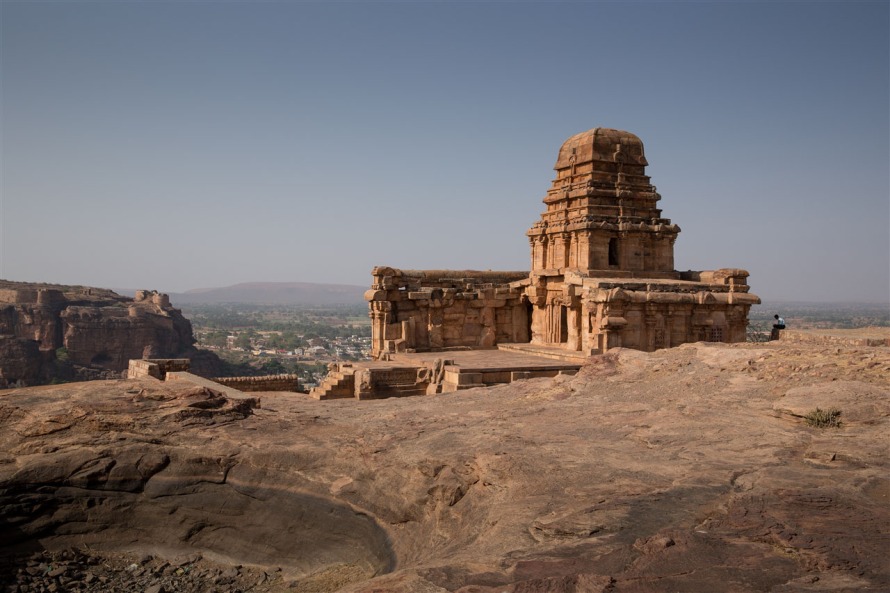



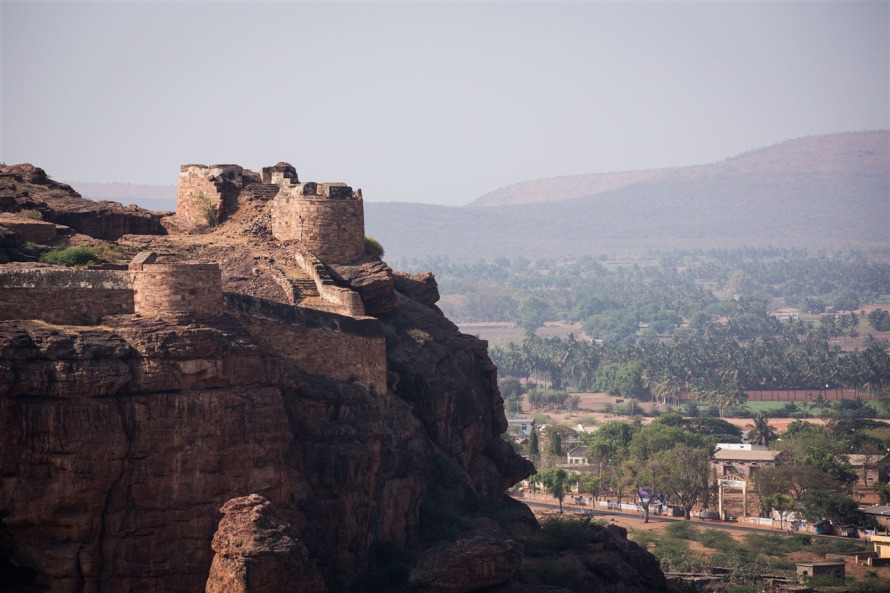

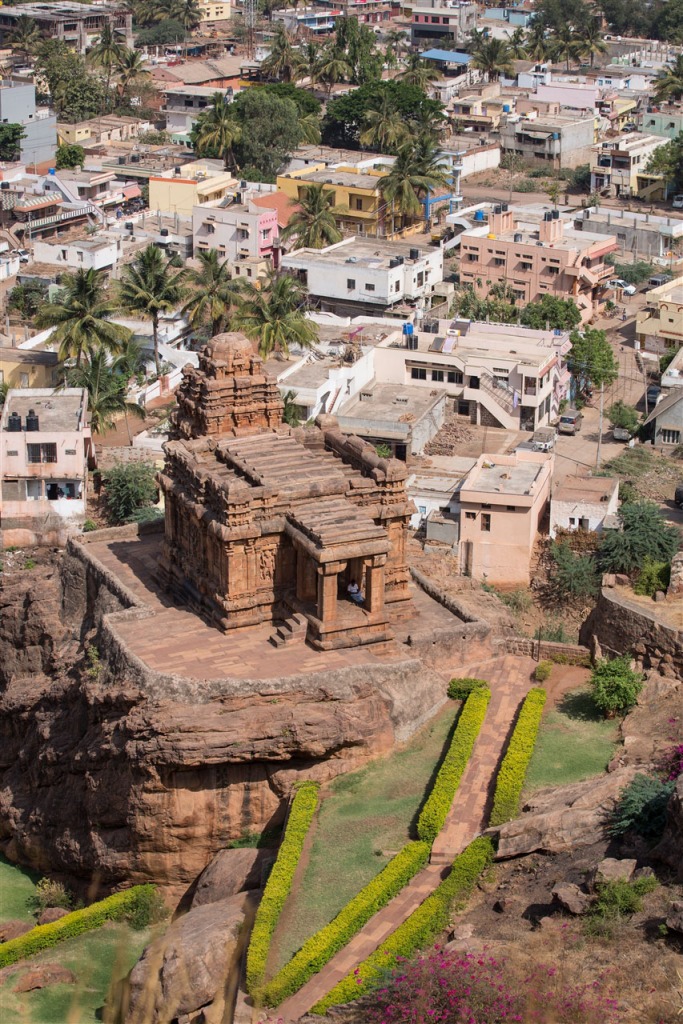




Nice
LikeLiked by 1 person
Sir, The album is beautiful. I have visited Badami several times by seeing this album I decided to visit again to look at badami thru this album.
LikeLiked by 2 people
Thank you…it’s nice to know this can inspire a return visit, it will be worth it !
LikeLike
Hi Kevin do you shoot for documentary films too.
LikeLiked by 1 person
Hi Pankaj – Film is not a medium I have really played with much, so currently it’s still photography. Why do you ask ?
LikeLike
Beautiful shots Kevin. Would love to visit Badami again.
LikeLiked by 1 person
So would I ! 😊
LikeLike
Fabulous photos and blog. I am determined to visit the site. Thank you.
LikeLiked by 1 person
I’m equally determined to return there one day !
LikeLike
Beautiful
LikeLiked by 1 person
Lovely blog. I am loving it 🙂
LikeLiked by 1 person
Thank you !
LikeLike
Very beautiful photographs and very well documented. I was planning to visit Badami and this blog surely helped me.
Sir please visit sringeri Sharad peetam and Udupi Krishna Mutt, they are among the famous temples of Karnataka.
LikeLiked by 1 person